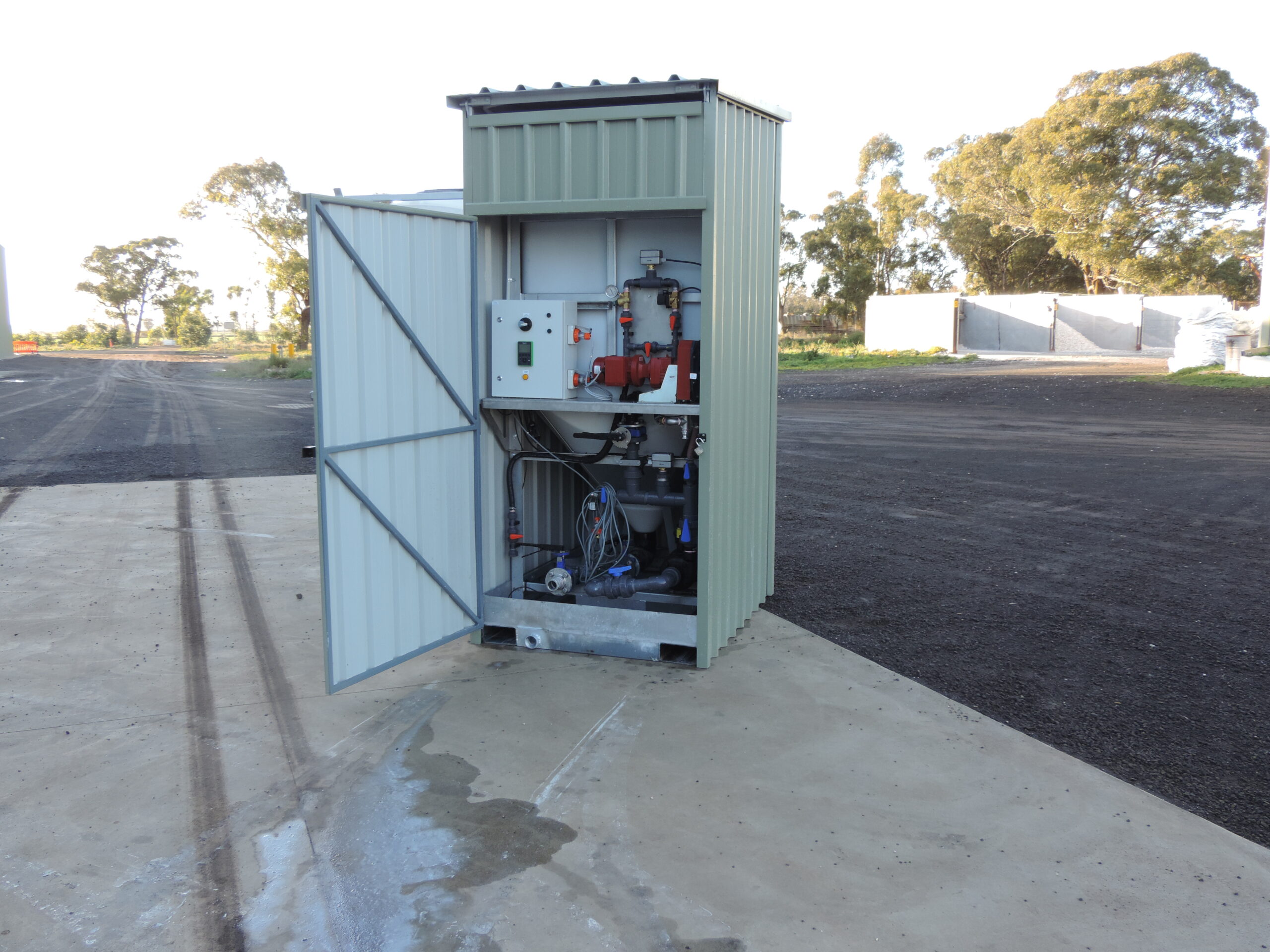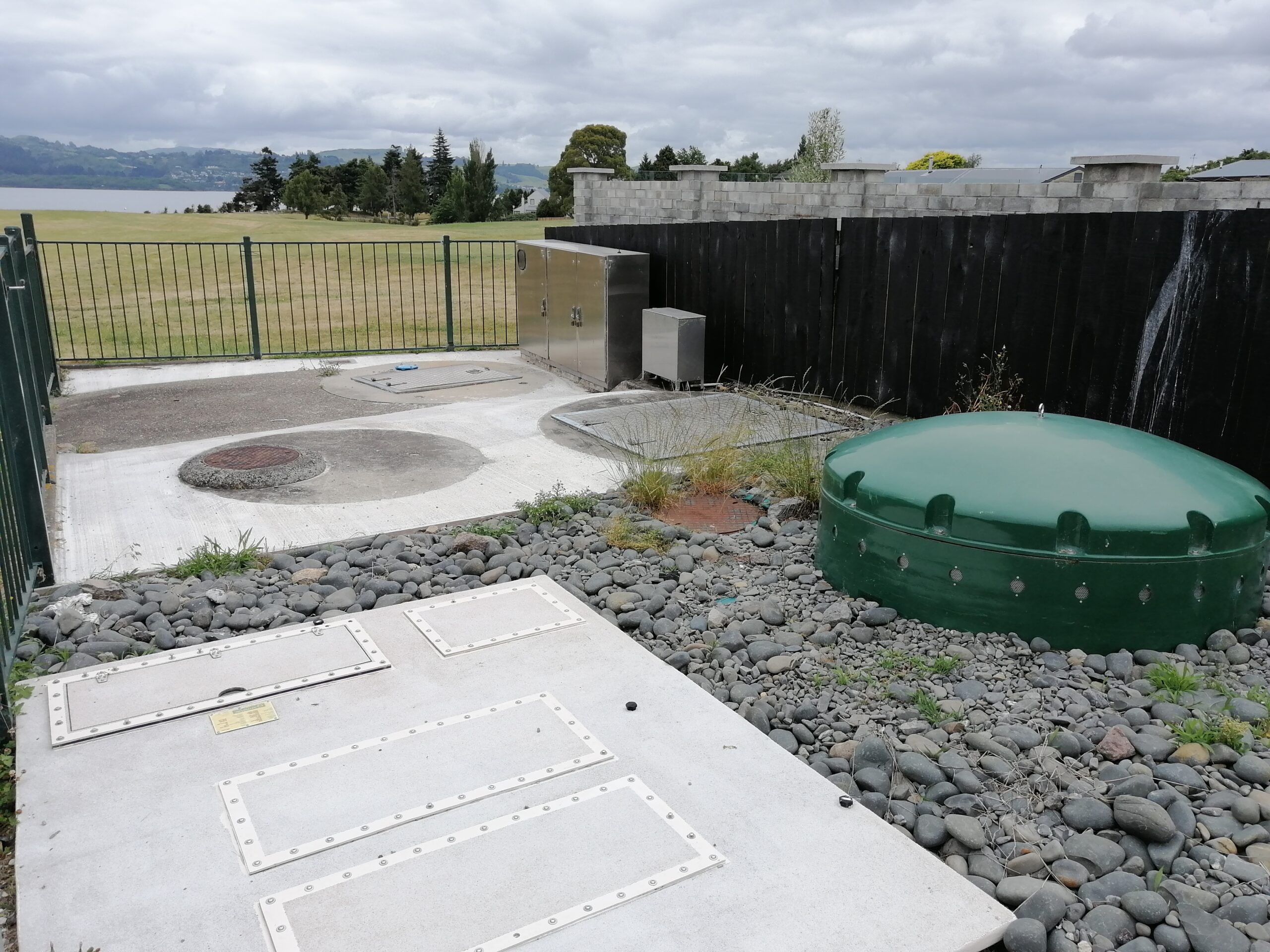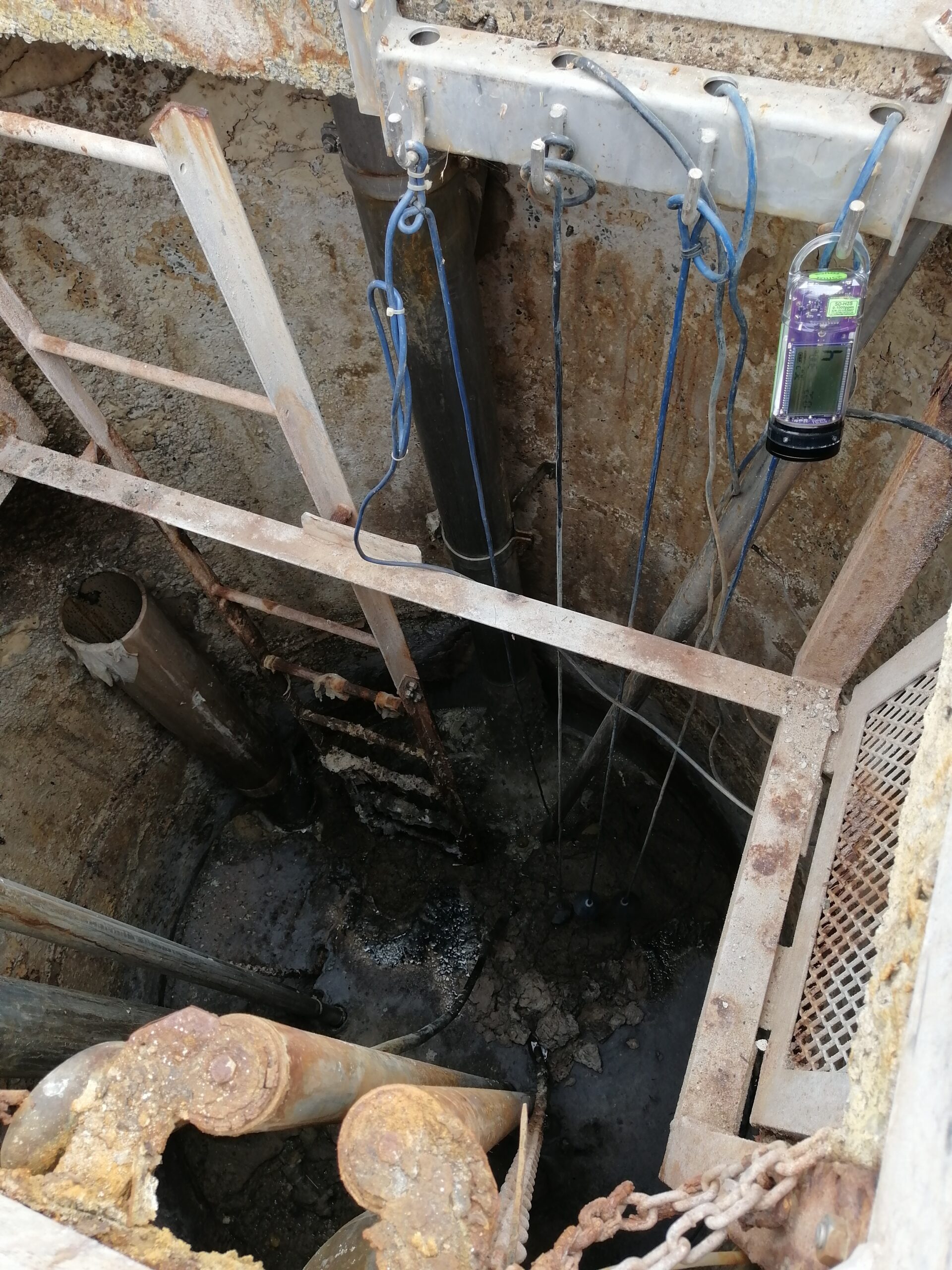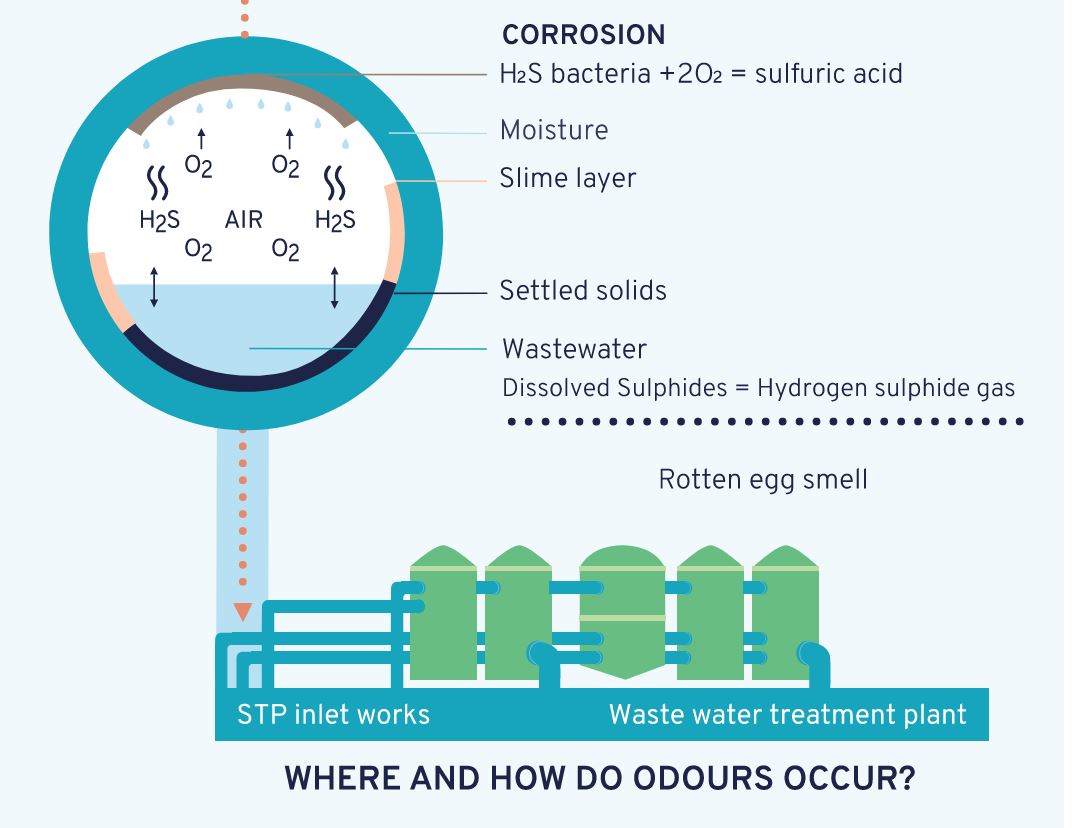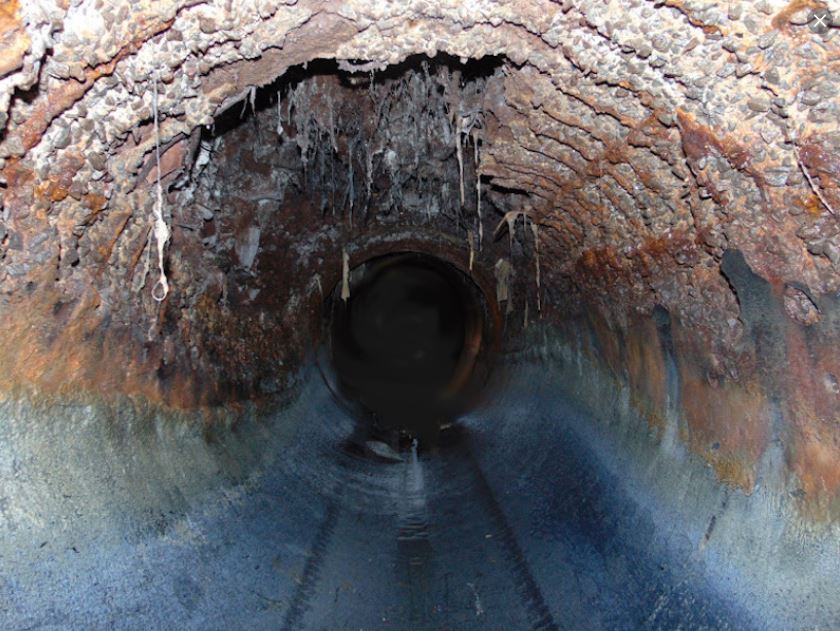Wastewater Treatment
Odour & Hydrogen Sulphide
Prevention's and Cures
Hydrogen sulphide (H₂S) is the most common cause for odour in wastewater. H₂S can also result in the corrosion of concrete and steel in sewerage networks, and is highly toxic at elevated concentrations.
Parklink’s dosing solutions are based on reliable chemistry and are safe for people and the environment.
LEARN MORE...
ACTI-Mag™
ACTI-Mag™
Magnesium Hydroxide Liquid, a preferred solution for odour control
ACTI-Mag™ is one of the safest, most cost-effective and earth-friendly ways to manage many aspects of wastewater treatment.
Odour and H₂S control
Hydrogen sulphide is present due to anaerobic conditions which favour sulfate reducing bacteria (SRB) and results in the generation of a poisonous rotten egg gas called H2S. Unlike other agents which can be costly, potentially hazardous, and targeted at a single issue, ACTI-Mag™ offers a safe and cost-effective strategy for managing odour. Read more about the science behind ACTI-Mag™ below.
Plug and Play Dosing Systems
Our standardised dosing systems have been specially developed to dose Magnesium Hydroxide, providing reliable and consistent performance. The system has in-built alarms and data feedback, meaning we can continuously monitor the operation and make adjustments as required remotely.
Full Service Delivered
We do it all so you don’t have to worry. Parklink can install, operate and maintain the system so your teams can focus their resources on what’s important.
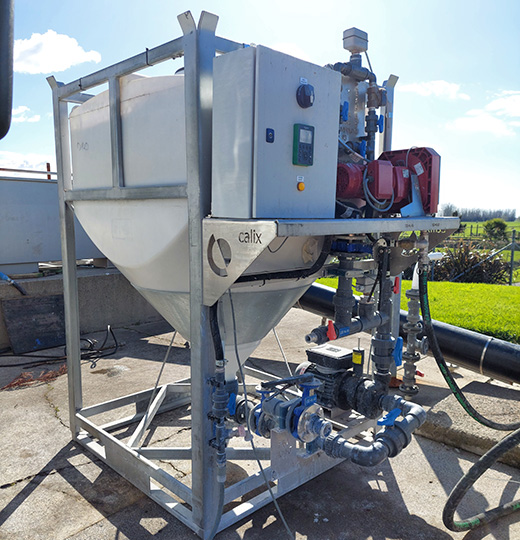
The Science Behind It
Odour Control – Cleansing the Sewer
ACTI-Mag™ works by increasing the pH of the wastewater to between 8.5 and 9. As the pH of wastewater increases, the amount of H2S released decreases. Above pH 8.5 very little H2S is released as a gas. ACTI-Mag™ is safe to handle and cost effective with many knock-on benefits that reduce treatment costs at the Wastewater Treatment Plant (WWTP).
Unlike acidic Ferric and Ferrous Chlorides, ACTI-Mag™ adds rather than destroys alkalinity & thereby stabilises downstream treatment process pH while also removing the need to store dangerous/hazardous goods within the catchment area.
ACTI-Mag™ has 8 times more surface area than other Magnesium Hydroxides on the market, meaning less product is needed and improved stability and handling.
Calix’s ACTI-Mag™ has several advantages over other generic MHLs.
- Neutralises waste streams up to 30% faster than generic brands.
- The pH peaks at 10.3 and buffers in the solution between 8.5 and 9.
- The MHL dissolves slowly over time with particles remaining in suspension for as long as needed.
Fats oils and greases (FOGs) control
Higher concentration of FOG can lead to the formation of fat bergs, scumming, pump blockages, pipe restriction, pipe blockage plus the formation of odour related issues like hydrogen sulfide gas (H2S). ACTI-Mag™ is a safe and environmentally friendly solution for FOGs in wastewater.
Phosphorus removal
Phosphorus – usually in the form of phosphates – has to be treated and reduced from the wastewater in order to meet environmental standards before it is discharged into a local water body, or land irrigation. With a chemistry similar to the antacids used in our human digestive systems, Calix can safely and cost-effectively remove phosphate from municipal and industrial wastewater.
- Neutralises waste streams up to 30% faster than generic brands.
- The pH peaks at 10.3 and buffers in the solution between 8.5 and 9.
- The MHL dissolves slowly over time with particles remaining in suspension for as long as needed.
Case Studies
Videos
Downloads
SHIELD - H2S®
SHIELD - H2S®
Enzyme based sulphide scavenger
When added to a wastewater process, SHIELD – H2S® is a sulphide scavenger, seeking to bind Sulphur and Sulphide chemistry. SHIELD – H2S® is unique in that it chelates the anionic sulphur and sulphide molecules; this prevents odour formation and makes the sulphur unable to form dangerous hydrogen sulphide.
Compared to ferric acids and other oxidising agents, SHIELD – H2S® is much safer and easier to work with. SHIELD – H2S® is used in wastewater pump stations, treatment plants, anaerobic digesters, and sludge storage tanks.
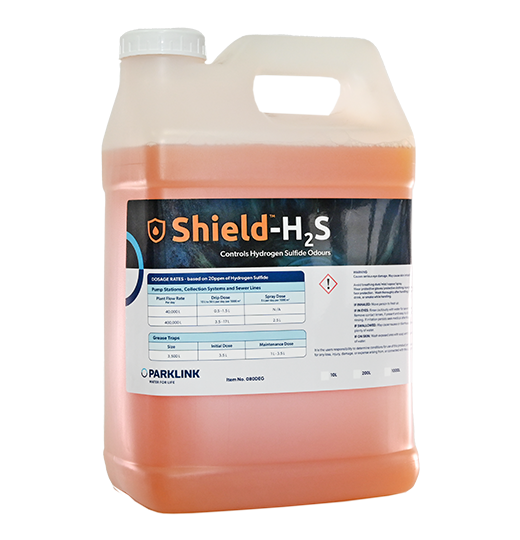
The Science Behind It
We have developed this sulphide odor control product to sequester or bind sulfur and mercaptan-type odors. The SHIELD – H2S® forms a permanent bond with the sulphide and it disappears immediately making the air much easier to breathe. It also stops the sulphide corrosion that costs many wastewater plants thousands of dollars. This product is widely used in municipal and industrial WWTPs and is extremely popular because it instantly and permanently removes odours.
Applications
- Pump Stations
- Wastewater Ponds
- Sludge Storage Tanks
- Digestors
- Wastewater Treatment Plants
Benefits
- Encapsulates & permanently removes odors
- Works immediately
- Stops sulfide corrosion
- Easy to use
Case Studies
SHIELD – H2S® Sulfide Odour Control Case Studies
Wastewater Network #1
Challenge
A council has a collection system that is 13 km long and 0.5 km wide. This creates long detention times and plenty of time to generate wastewater odours. Testing confirmed the presence of corrosive and odorous hydrogen sulphide gas as wastewater flowed to his wastewater plant.
Solution
They added SHIELD – H2S® and SELECT-OxyPack® into their collection system.
Results
SHIELD – H2S® and SELECT-OxyPack® knocked out the odours and made the residents happy. When these products are paired they slow the costly effects of corrosion from sulphide gas while eliminating odours.
Wastewater Network #2
Challenge
A municipal wastewater network was receiving a lot of grease and odours in their lift station.
Solution
They started using SHIELD – Maintainer® to control the grease and started dosing 240 mL of SHIELD – H2S® to control the odours.
Results
The odours disappeared immediately, even on the hot summer days. Before | After
Sludge Storage Tank
Challenge
This location is a huge summer tourist destination, and over the years homes have started to surround the wastewater plant. During the hot summer months the odours in their sludge storage tank get really bad.
Solution
To combat this, they used our SHIELD – H2S® to bind with the sulphide and prevent odours.
Results
Downloads
What is Hydrogen Sulphide?
What is Hydrogen Sulphide?
What is Hydrogen Sulphide?
Hydrogen Sulphide (H2S) often is a colourless gas with a rotten egg odour. It is generated by Sulphur Reducing Bacteria (SRB) when sewage becomes anaerobic. H2S gas is highly toxic and highly corrosive.
Corrosion
When H2S is generated, some of the gas is converted to sulphuric acid when it meets pipe walls and structures. This causes corrosion of metal and concrete in piping, manholes, pumpstations and treatment plants. Signs of prolonged exposure to mild acid attack include rust bleeding, cracking and spalling of the concrete.
Toxicity
Hydrogen sulphide is a toxic concern for wastewater operators. At low concentrations it can cause headaches, nausea, irritation of the skin, eyes, and respiratory tract. At higher concentrations it becomes odourless, meaning there can be no warning signs for operators exposed to the gas, leading to rapid loss of consciousness and death.
H2S Treatment Options
Many wastewater facilities that experience sulphide problems often rely on carbon or biofilters to manage the odour surrounding pump stations. These only mask the underlying problem and do not actually remove the hydrogen sulphide from inside the sewer.
Preventing H2S from being produced removes the problems of odour and corrosion from the waste stream. Below you will find our range of non-hazardous and proven hydrogen sulphide treatment options


